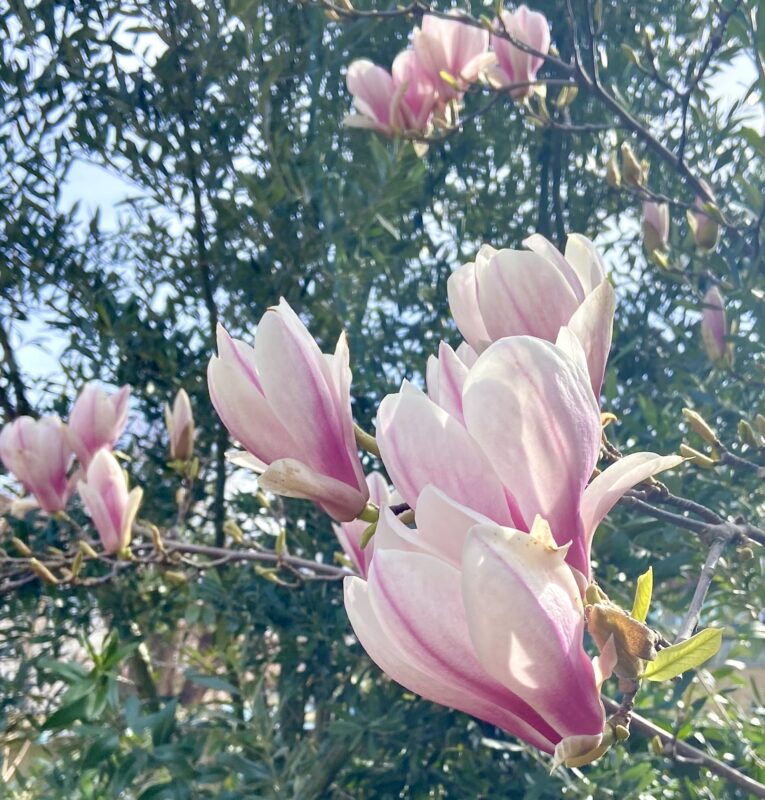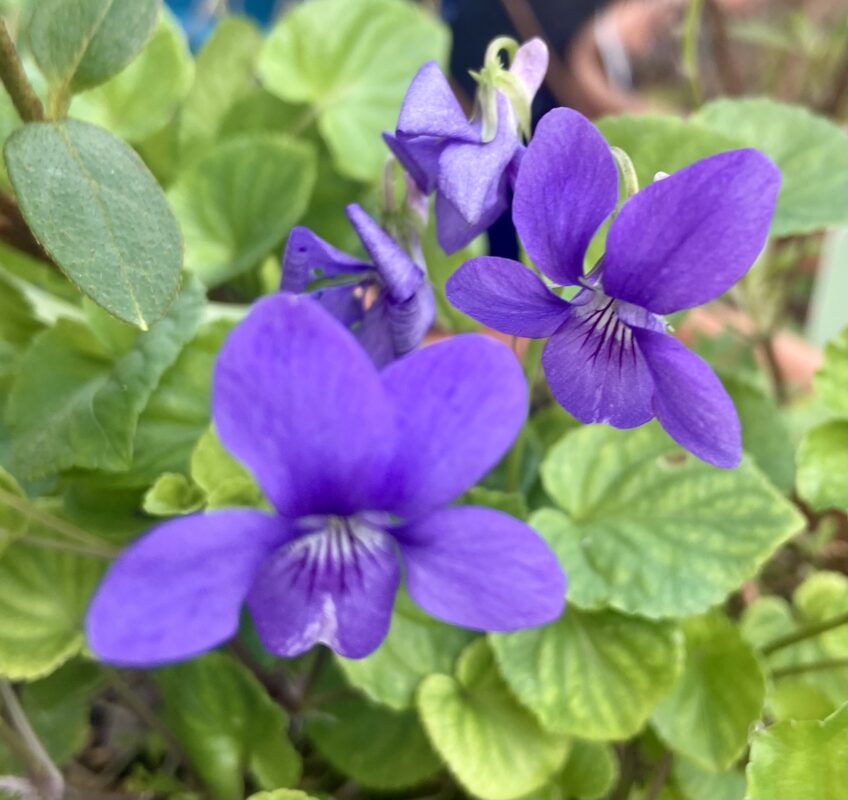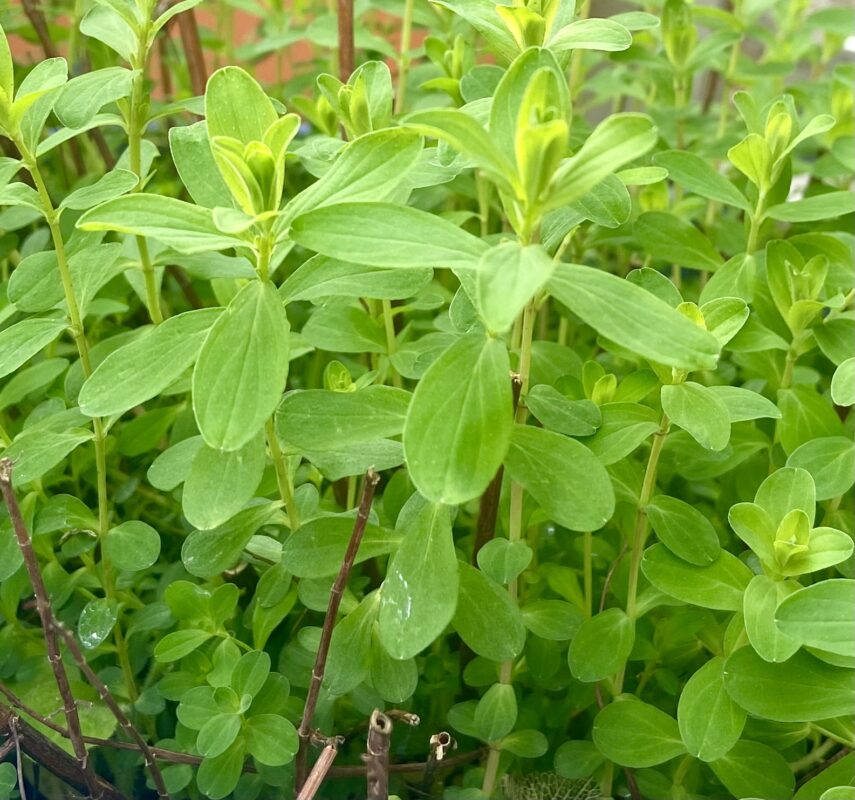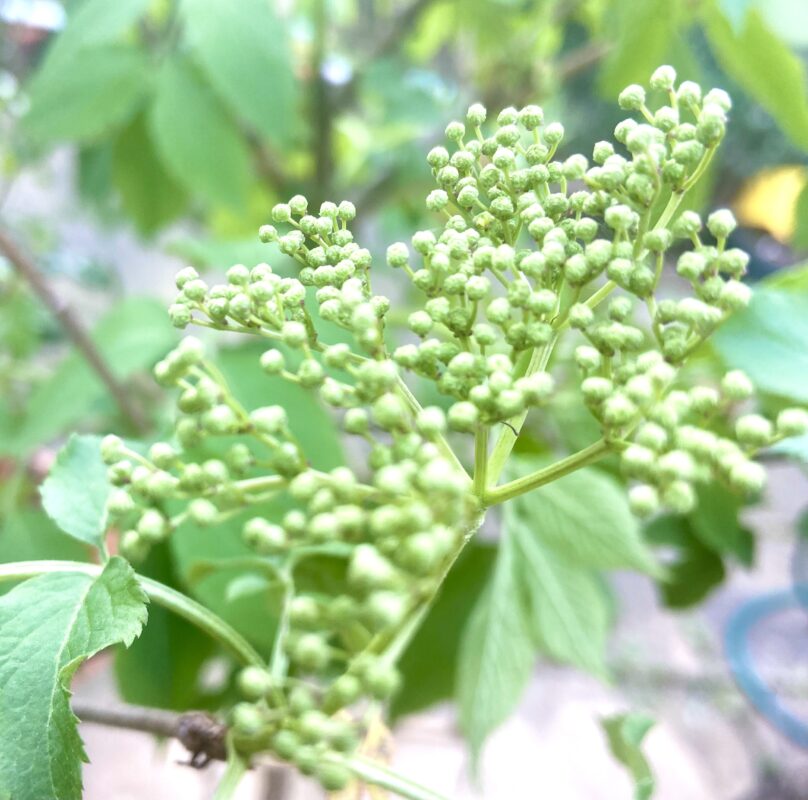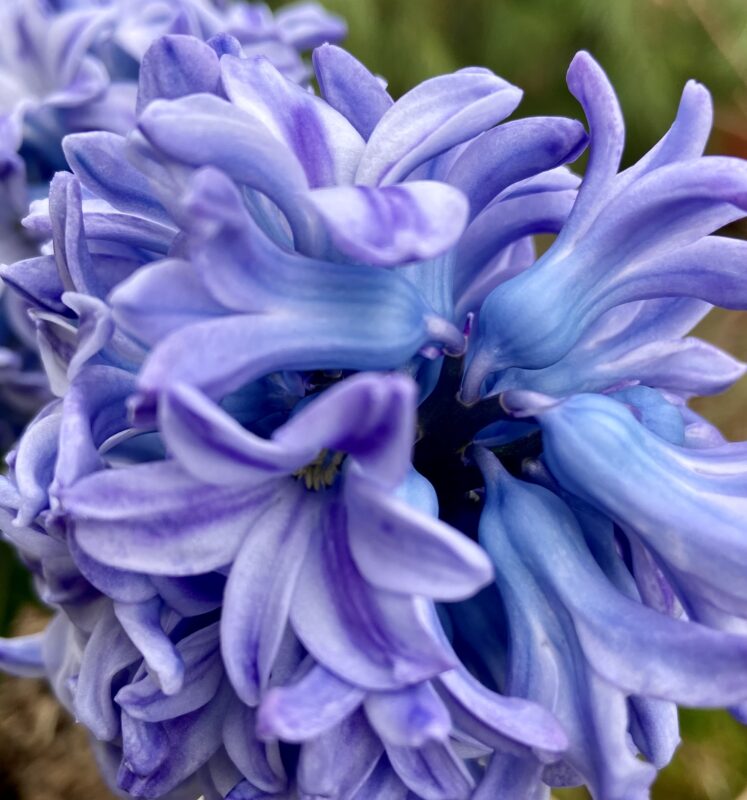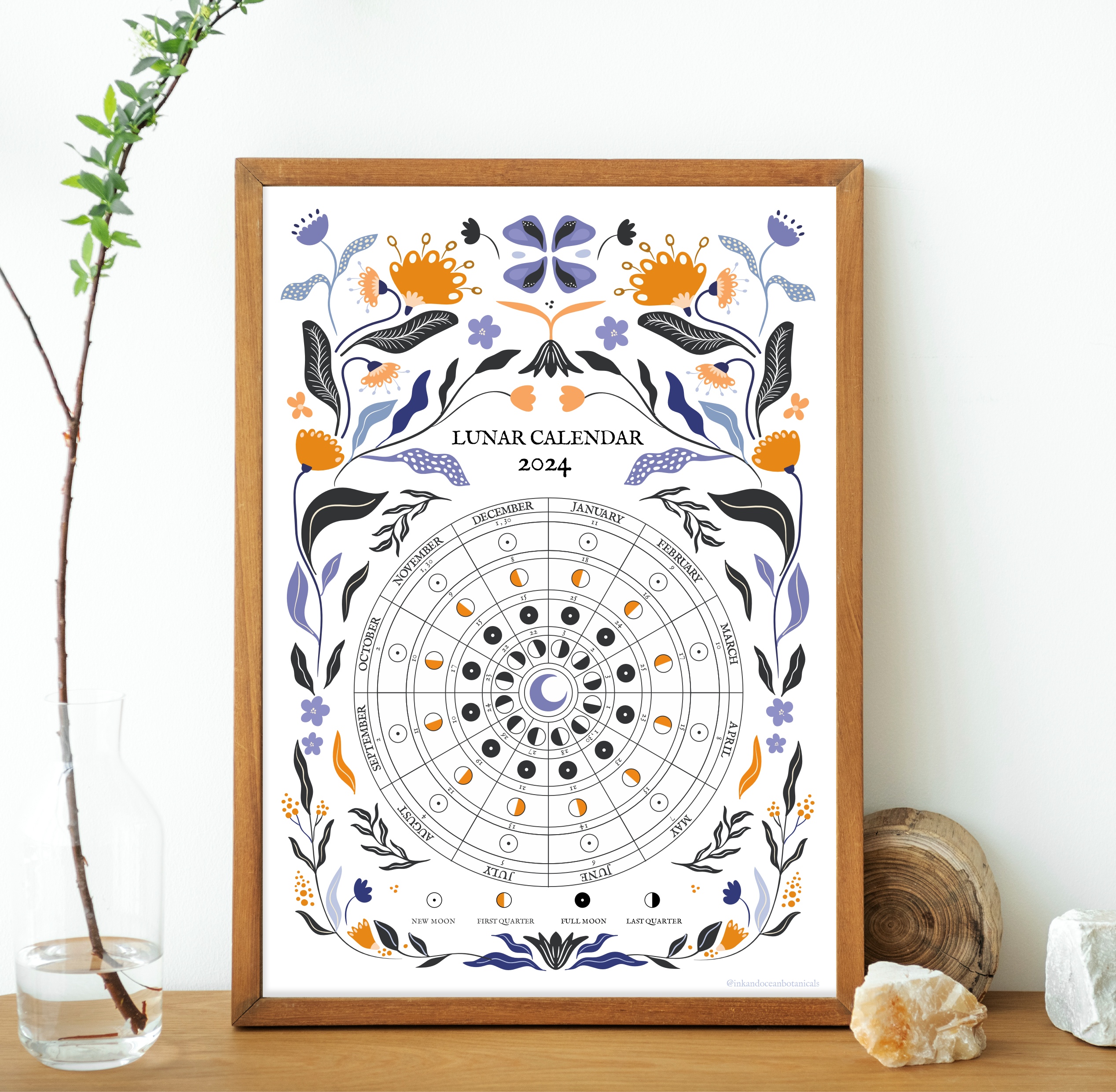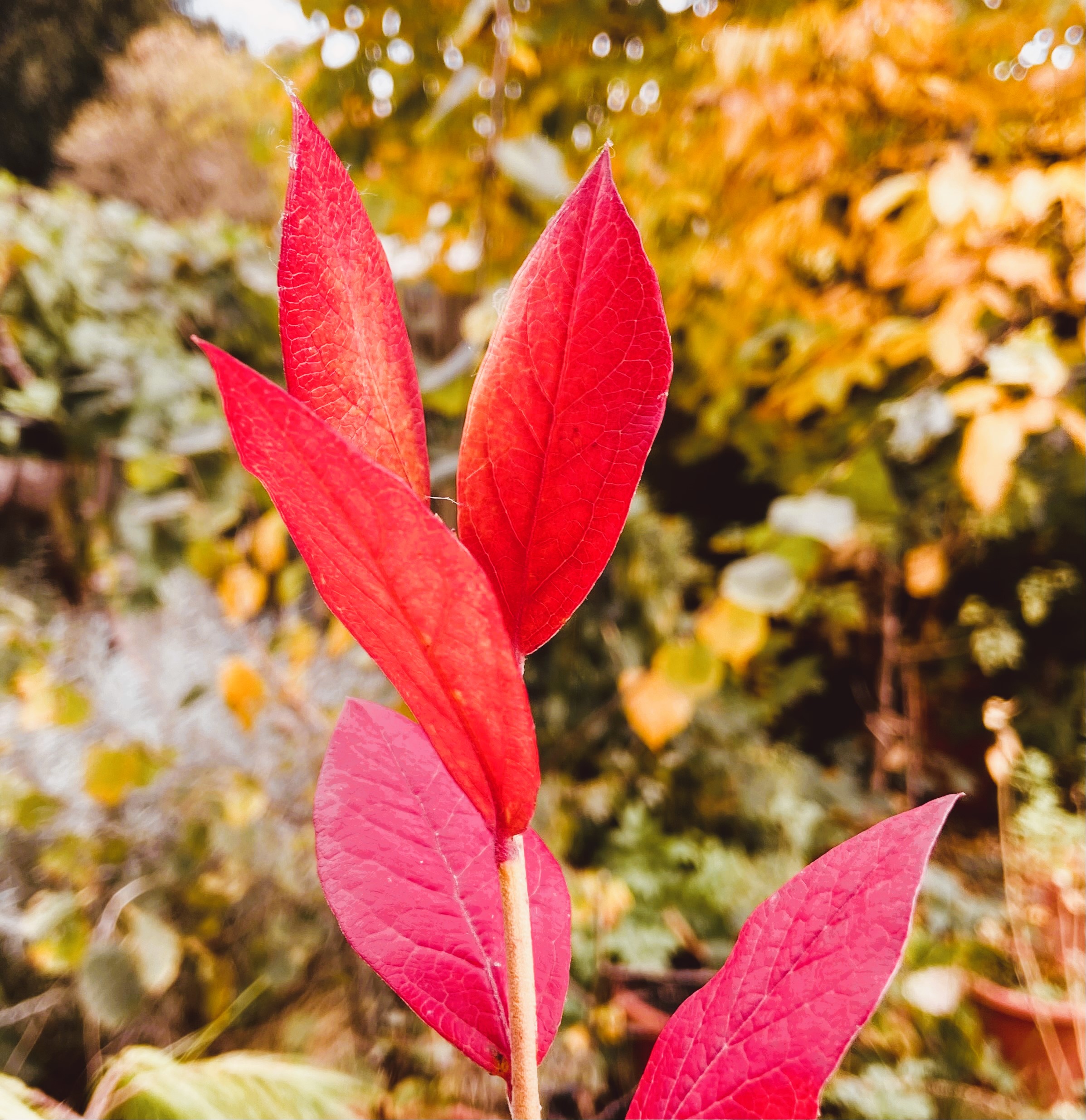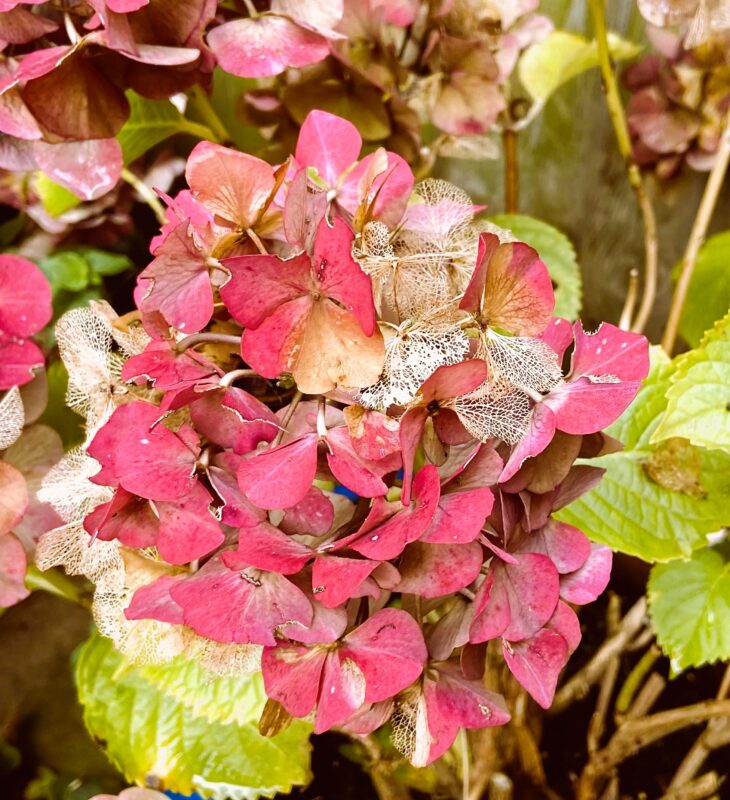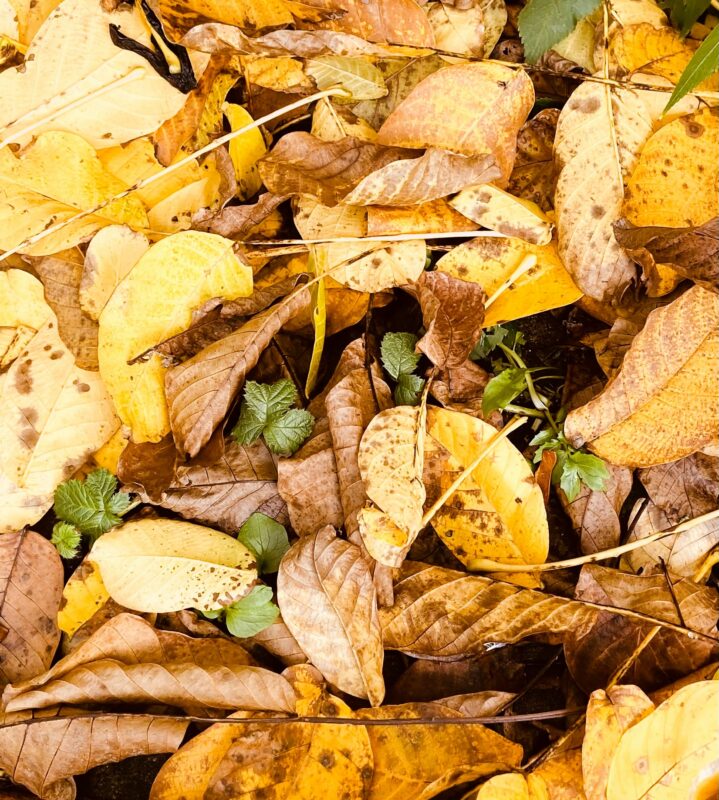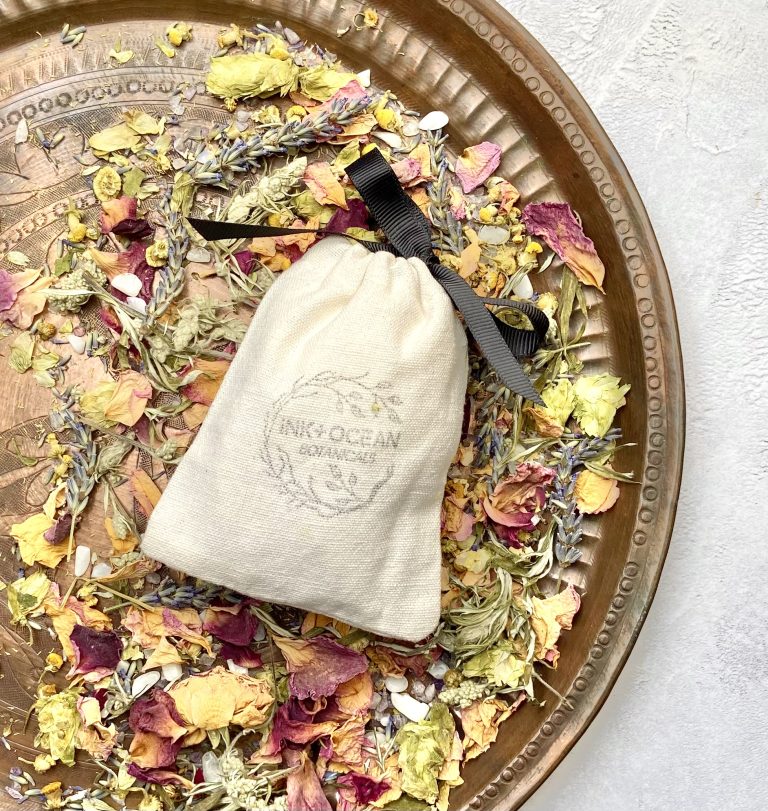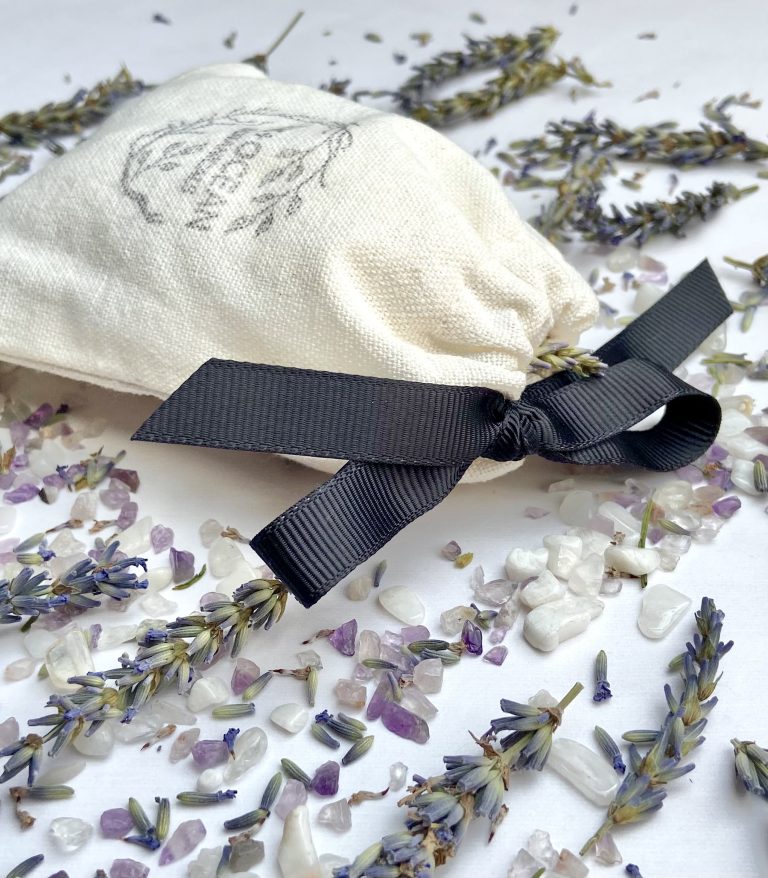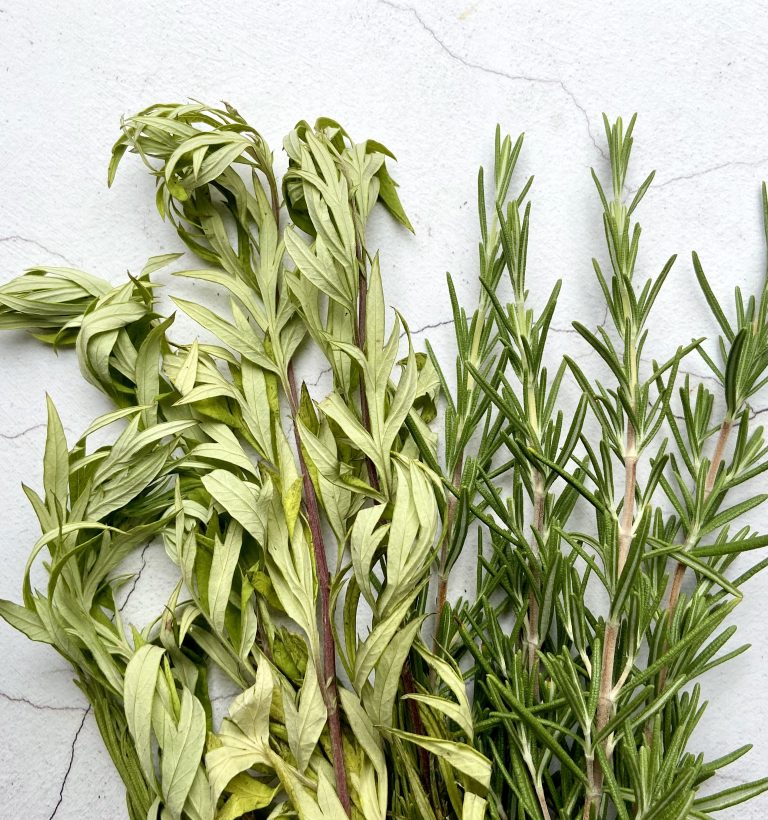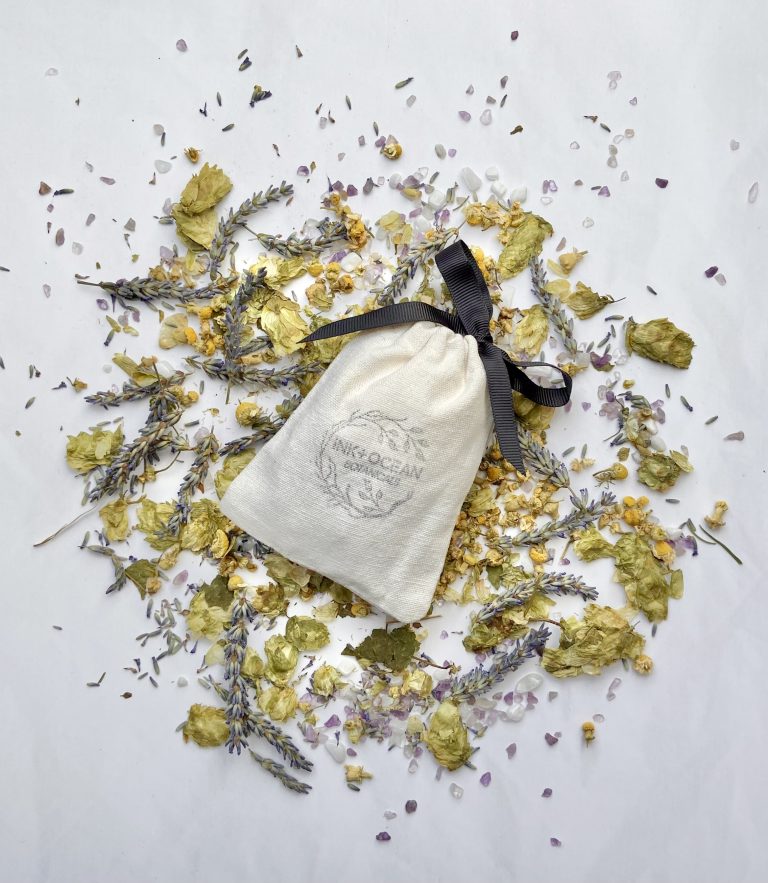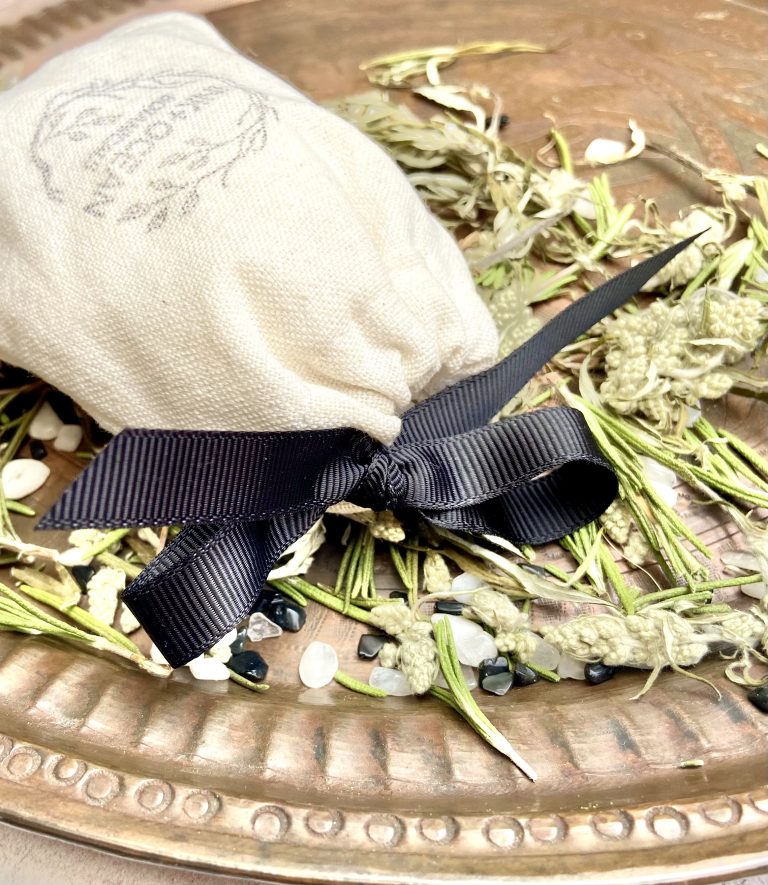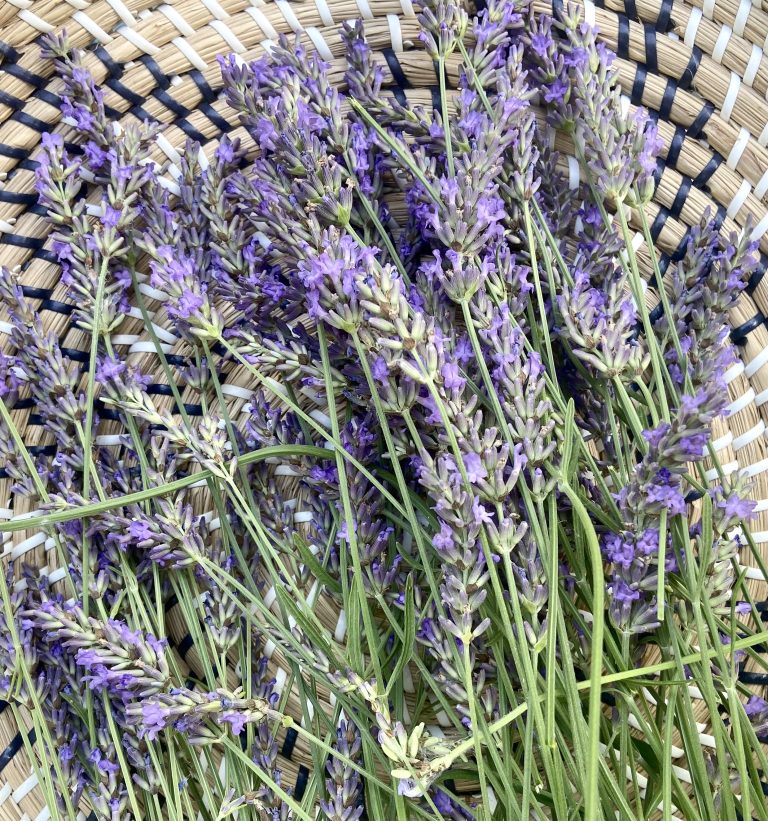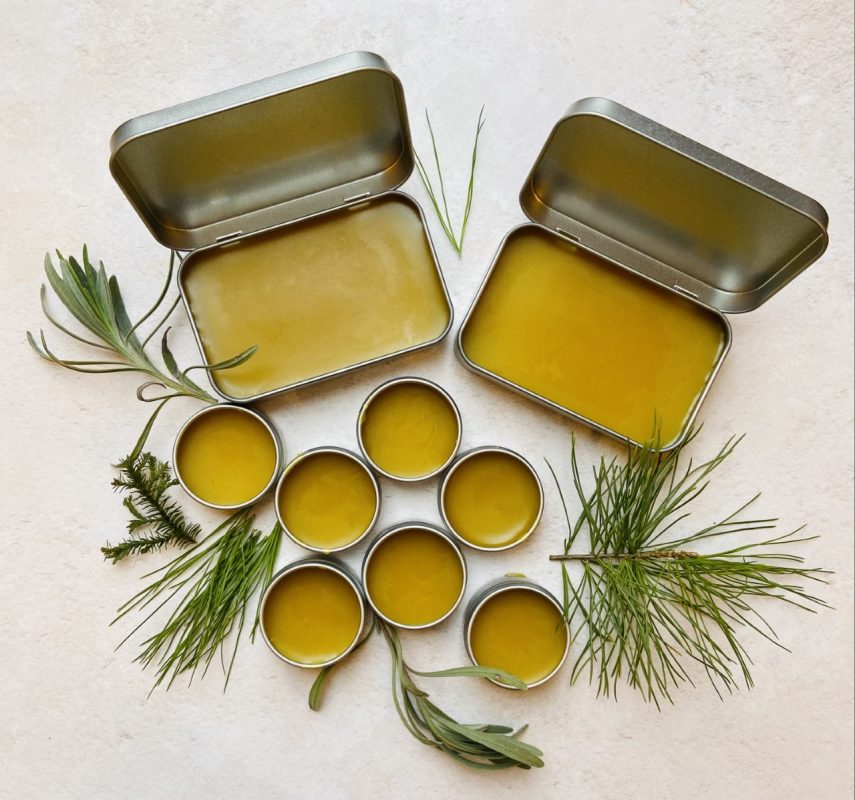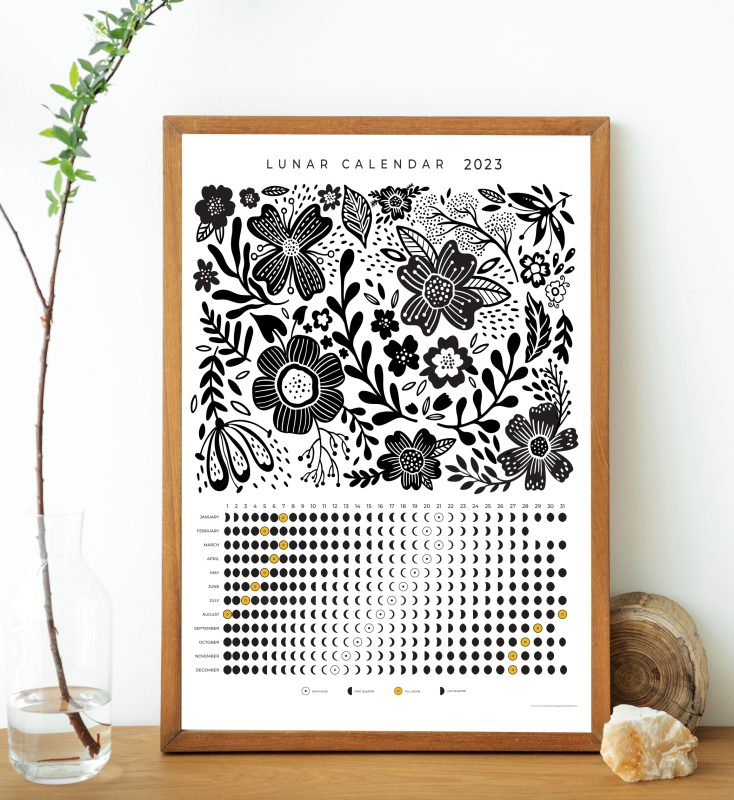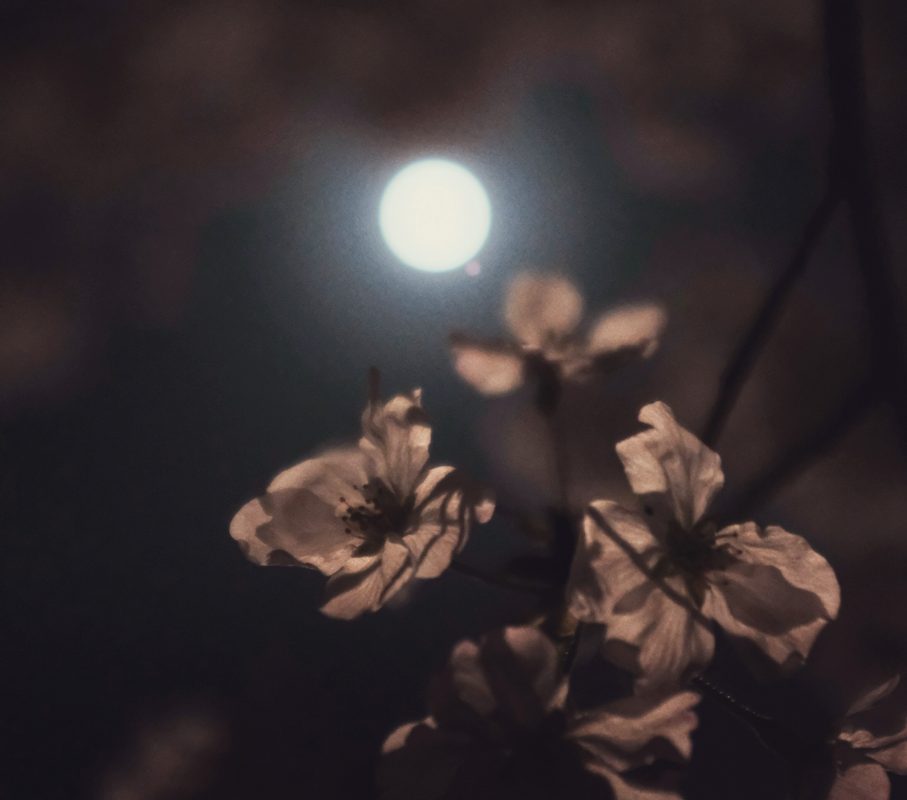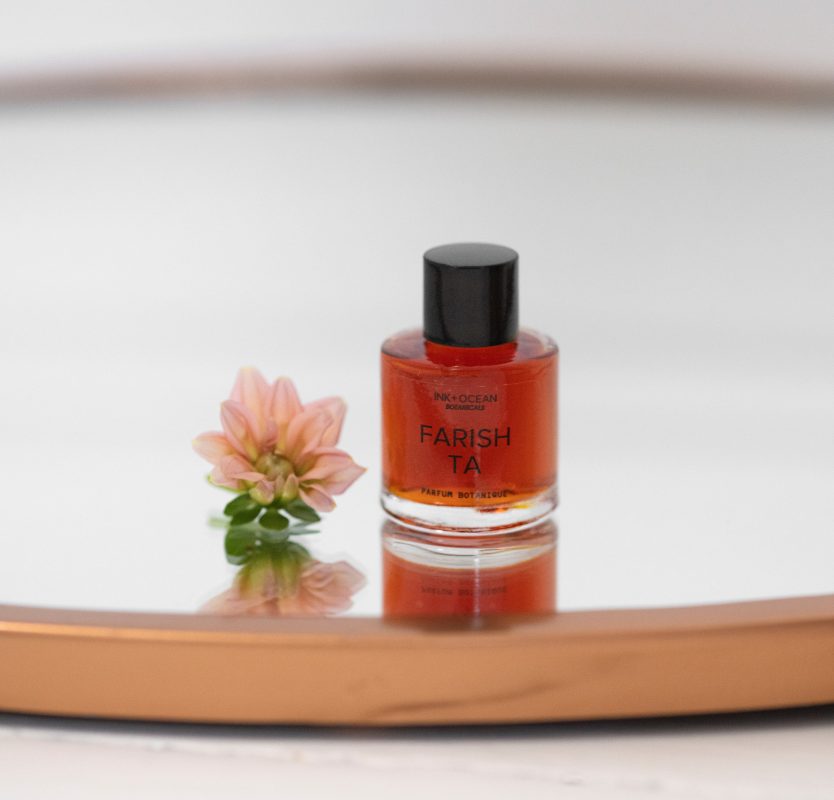For centuries Sacred Bath rituals have signified a sacred and spiritual act, rooted in the belief that water not only purifies and cleanses, but also, heal, and connects the mind body and spirit.
Bath and water rituals have been practiced in numerous cultures around the world.
Historically civilisations such as the ancient Egyptians used water for spiritual and physical purification. Ritual baths were part of preparations for religious ceremonies, involving the use of oils and herbs.
In Ancient Greeks baths were integral to daily life, serving not just hygienic but also social and spiritual purposes. Hippocrates prescribed baths as medicine of the body and the spirit. Unani medicine traditions also prescribe herbal baths as a regimental therapy.
Indian, Turkish, Japanese, African, Indigenous peoples of America and many more cultures practice the tradition of sacred baths, which can be a deeply relaxing and rejuvenating experience, combining elements of mindfulness, to purify and soothe the soul and increase health and vitality. Spiritual practices of ablution and cleansing are also found in Islam with its ritual cleansing before prayer known as wudhu. In Judaism there is the practice of Mikveh, the ritual immersion in water to achieve purity, and in Christianity the practice of Baptism.
The sacred bath ritual can be a personal journey to re connect with the subconscious aspects of yourself and your life, fostering greater clarity and a sense of completeness.
Reverence for water
Water is the essence of life as we know, it was the first home within the womb, and connected to every life form. With regards to the four classical elements of Water, Air, Fire and Earth, water is associated with emotions, fluidity, and the ability to listen and hold memory. As a shape shifter water can change from liquid to gas to solid, it moulds and hold and accepts various shapes without permanency. Unani philosophers also describe the character of water as nurturing, calm, accepting, intuitive, and feminine.
Suggestions for creating a calming sacred bath ritual:
a) Cleanse the space by tidying up your bathroom to create a quiet and disorder-free environment.
b) Using aromatherapy candles, or dim lights can create a calming atmosphere, but is optional.
Prepare the Bath with any one, or all of these below, there are no hard and fast rules. I gathered what I had in the garden, rose petals, cedar leaves, rosemary and sage. Also Amethyst and clear crystals that I already had.
c) Salts such as Himalayan pink salt, or Epsom Salts to help to relax muscles, increase circulation, and reduce any inflammation.
d) Essential oils such as lavender, cedarwood, lemon balm, chamomile, and orange can be used, or use your intuition to choose an oil. Please note, essential oils should be diluted in a carrier before adding to the bath water.
e) Herbs, plants and flowers can be dried, such as lavender, rose petals or chamomile. Alternatively go to the garden or green area and intentionally gather a few sprigs or flower heads of the plants that speak to you.
f) Place crystals like amethyst or rose quartz in the bath to elevate the vibrations further.
While immersing yourself in the water, you can choose to make an intention. Invite within, the stillness, and the quiet to promote a sense of peace. Focus on the sensations of the essence and the character of the water element, as well as your chosen oils, and the plants or flowers. Trust your intuition and let yourself be centered and allow your thoughts to be open to messages or ideas that come to mind without judgement. Visualise the water as a conduit to absorb the energy from the plant and oils, to reflect, and to renew and nourish the soul, and wash away any negative thoughts that may arise.
You can also journal your experiences, write down any insights, or if you notice any shifts in the mind or body.





